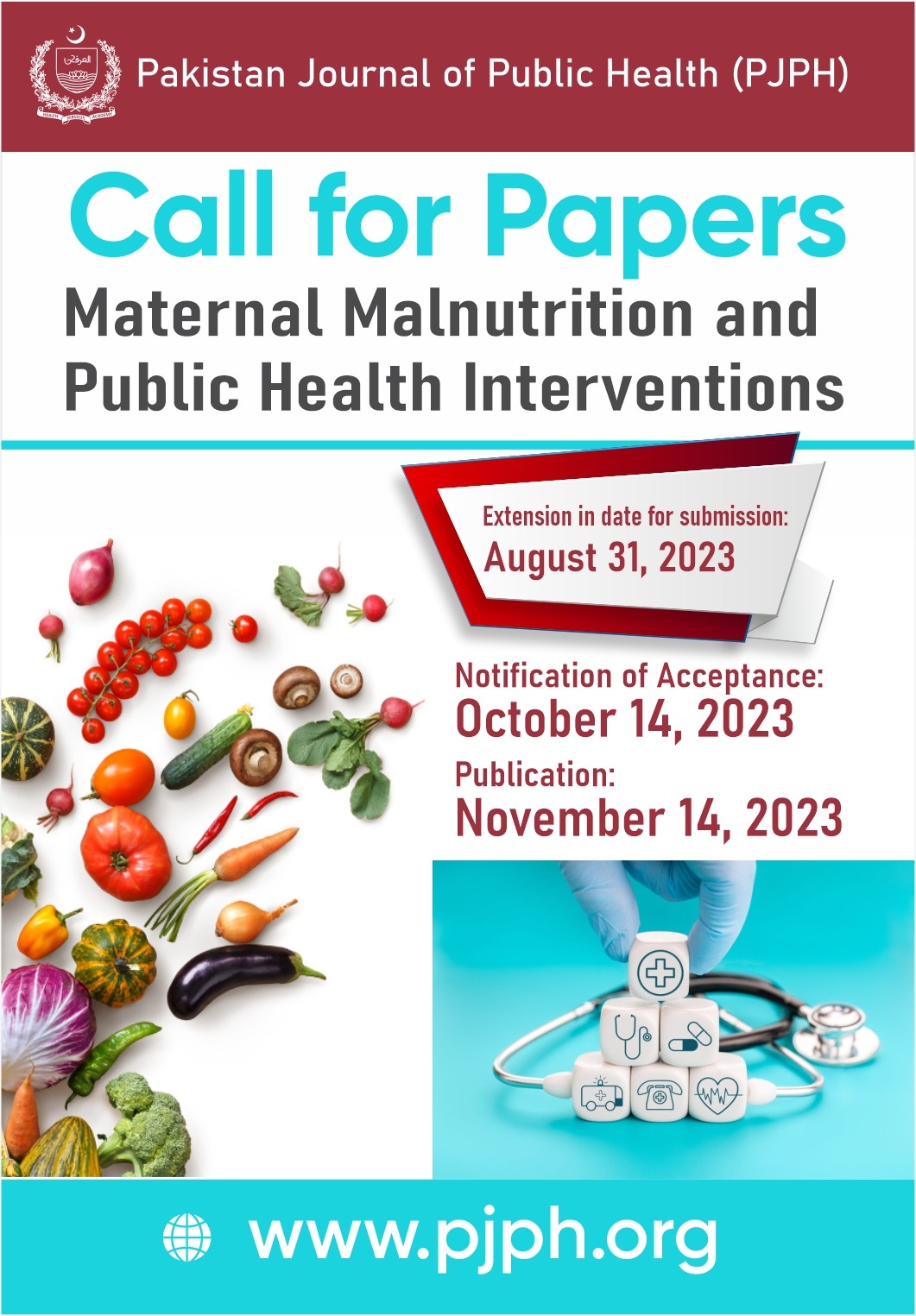Evidence Linking Stunting to Economic Outcomes in the SAARC Region: A Systematic Review
DOI:
https://doi.org/10.32413/pjph.v12i2.978Keywords:
Economic Outcomes, Poverty,, Review, SAARC Countries, StuntingAbstract
Background: At present, South Asian Association for Regional Coorporation (SAARC) countries have tremendous pressure on child stunting along with the impact it is making on economic growth. World Health Organization (WHO), United Nations International Children’s Emergency Fund (UNICEF), and The World Bank (WB) have emphasized for this region to reduce stunting by 40%. The objective of this paper is to analyze the impact of stunting on economic outcomes in SAARC countries so that to scale up policies and programs aiming to reduce child stunting.
Methods: The systematic review has assessed five international databases; PubMed, JSTOR, Cochrane Library, Web of Science, and CINAHL Plus for published, unpublished, and ongoing research till the year 2020. Grey literature is searched using Google Scholar and Google search engines. The systematic review registration number in PROSPERO is CRD42021230279.
Results: Thirty-three (33) studies matched the criteria. Most quantitative studies link stunting with economic repercussions. Three investigations found no or a weak link between the two. Nutritional intervention synthesis predicts a 12 percent return, a 5:1-6:1 benefit-cost ratio, and a 14mm height gain. A 1 cm increase in height increases pays by 4% for men and 6% for women. Stunting caused a 5%-7% income penalty and lower lifetime pay. Studies show that a 10% increase in agricultural growth reduces stunting by 9.6%, while a 10% increase in non-agricultural growth reduces stunting by 8.4%.
Conclusion: To reduce stunting prevalence, policies should be scaled up, as well as targeted and structural interventions are needed.
Downloads
Published
Issue
Section
License
Copyright (c) 2022 Minnat Seema Nasser, Ather Akhlaq, Hijaz Ali, Dawood Nasser

This work is licensed under a Creative Commons Attribution-NonCommercial 4.0 International License.






